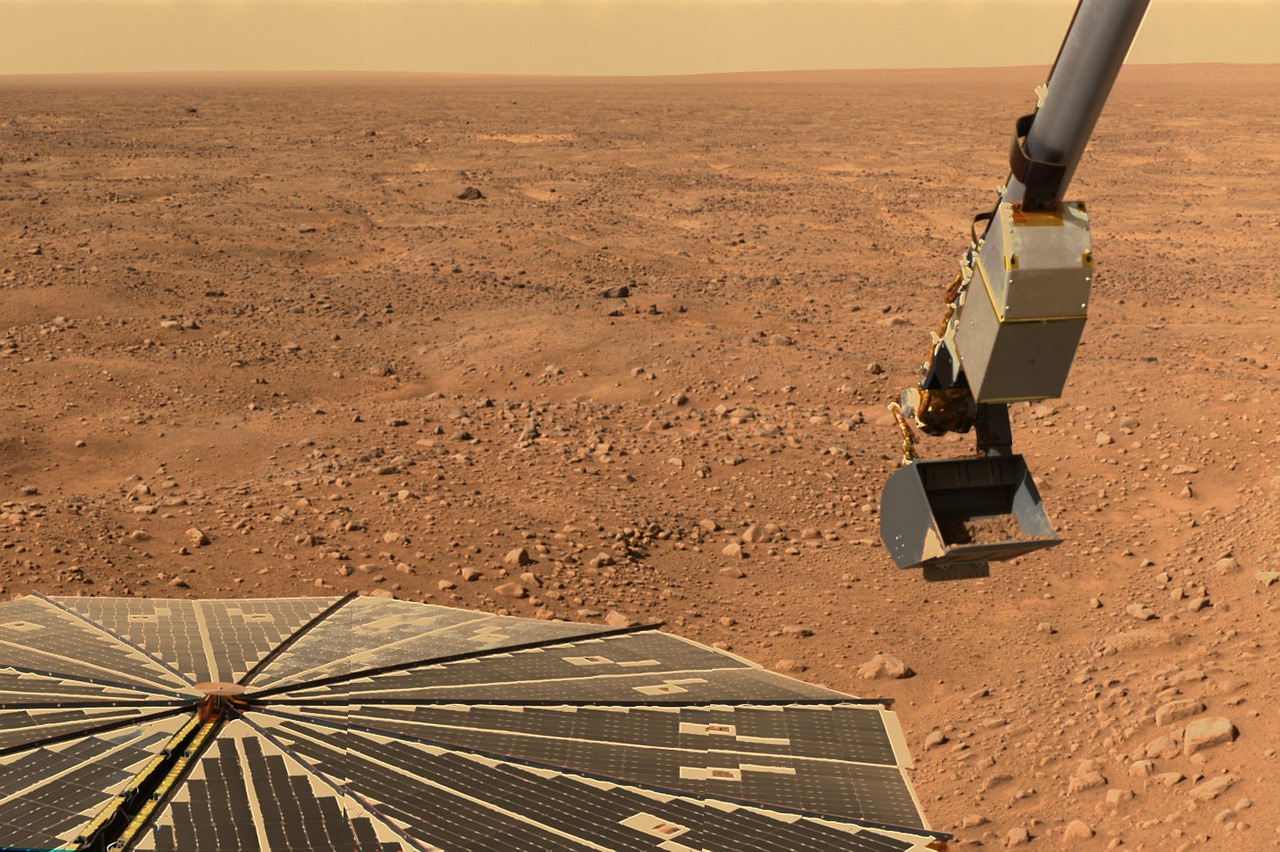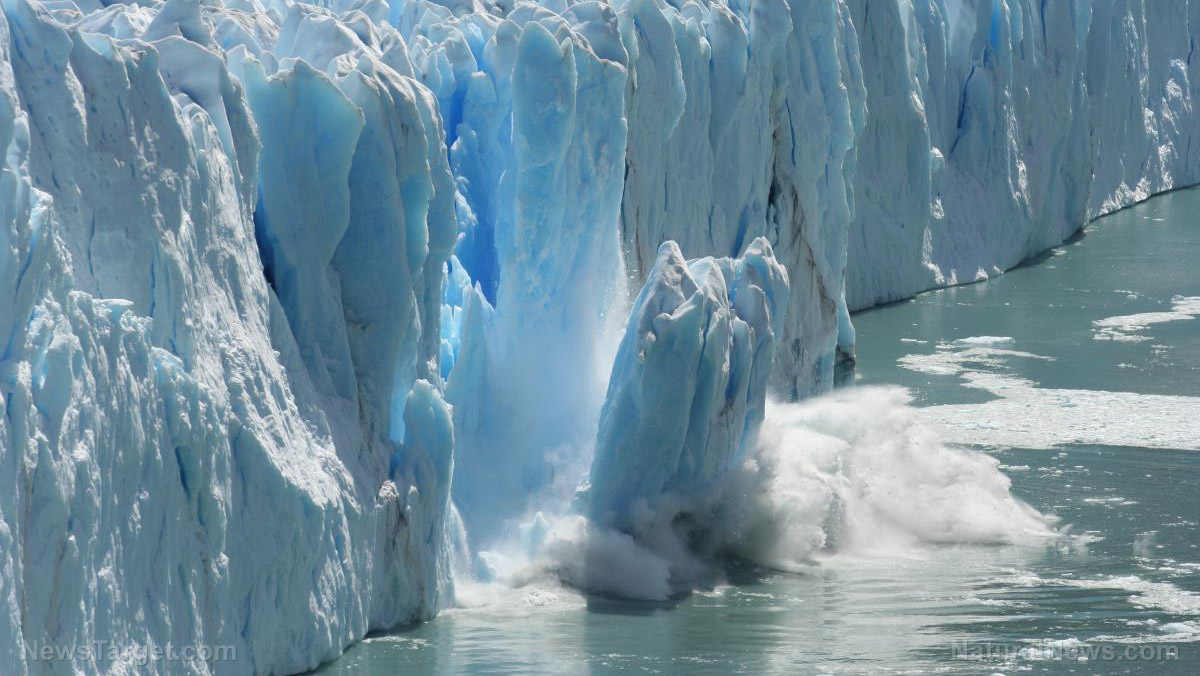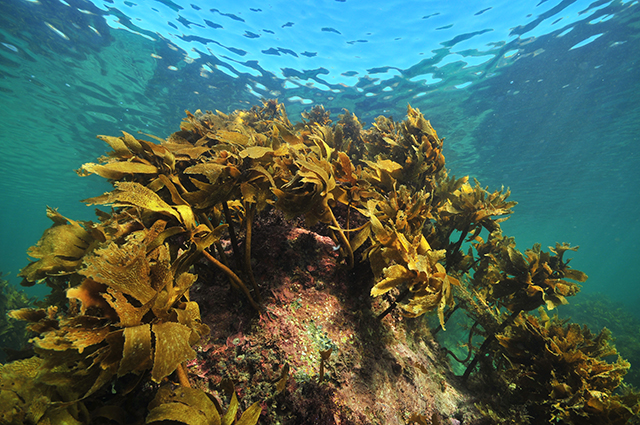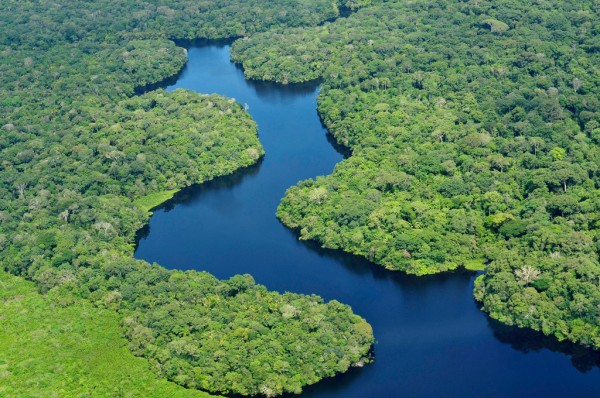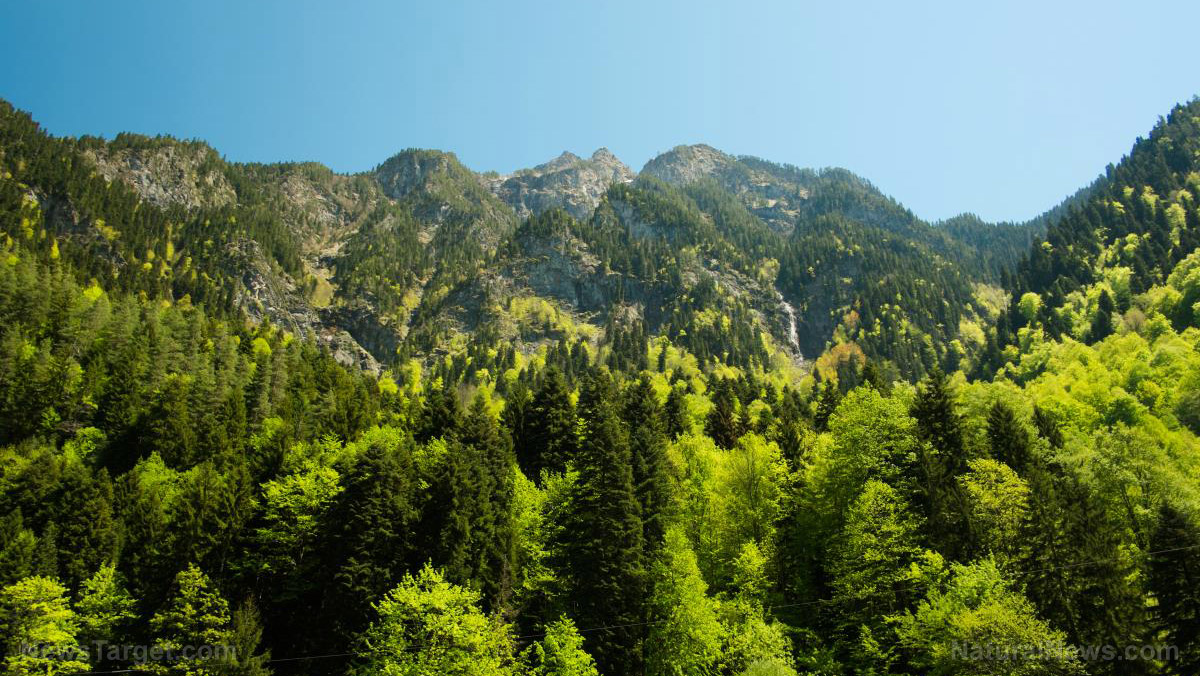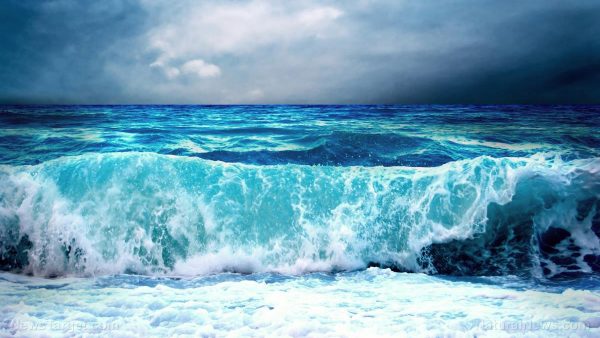04/01/2017 / By Earl Garcia
Mars may have been flooded by water in a not so distant past, according to a new study. Researchers from the Trinity College Dublin and the University of Oxford found that a patch of land in the planet’s Lucaya crater exhibited arcuate striations. Researcher Mary Bourke from the Trinity College Dublin, who previously studied a similar phenomenon in the Namib Desert in South Africa, explained that arcuate striations are geochemically formed patterns. These patterns occur when evaporating ground water interacts with salts in the sands, which then form fine sediments that may extend beneath the surface. The salts left behind by the evaporated water accumulate and harden over time and remain in place as sand dunes drift.
“Following our work in Namibia, we hypothesise that on Mars, similar arcuate striations exposed on the surface between dunes are also indications of fluctuating levels of salty groundwater, during a time when dunes were actively migrating down the valley. These findings are hugely significant. Firstly, the Martian sand dunes show evidence that water may have been active near Mars’ equator — potentially in the not-too-distant past. And secondly, this location is now a potential geological target for detecting past life forms on the Red Planet, which is important to those involved in selecting sites for future missions,” said Bourke.
The findings of the recent discovery were published in the journal Geophysical Research Letters. (RELATED: Find more news about space and the planets at Space.news.)
NASA confirms water on Mars; explains where it all went
In 2015, the National Aeronautics and Space Administration (NASA) provided strong evidence that the red planet may have intermittent flow of liquid water. Researchers used image data from NASA’s Mars Reconnaissance Orbiter (MRO) and found signatures of hydrated minerals on slopes where darkish streaks seems to flow and cease over time. According to the researchers, the streaks seem to darken and flow down during warm season and fade during cool season. These flows, known as recurring slope lineae, have been previously associated with liquid water. The results were published in the journal Nature Geoscience.
In 2016, NASA was also able to detect the presence of water ice in the Mars’ mid-northern latitudes. Researchers used data from the MRO to examine part of Mars’ Utopia Planitia region. Data analysis revealed a deposit of water ice beneath the region’s plains. The analysis showed that the deposit’s thickness ranged between 260 feet to about 560 feet. Its composition was 50 percent to 85 percent water ice mixed with larger rocky particles and dust. According to the researchers, the water ice deposits hold as much water as the Lake Superior. “This deposit probably formed as snowfall accumulating into an ice sheet mixed with dust during a period in Mars history when the planet’s axis was more tilted than it is today,” said lead researcher Cassie Stuurman of the Institute for Geophysics at the University of Texas, Austin. Their findings were also published in the journal Geophysical Research Letters.
A recent study published in the journal Science offers a new insight on the red planet’s lack of water. Data from NASA’s MAVEN spacecraft revealed that strong solar wind and intense radiation caused about 65 percent of gas deposits in the Martian atmosphere to rise up into space. This led to an eventual lack of vital elements that depleted and dried the planet’s oceans, lakes, and rivers. According to the team, the Sun emitted stronger solar winds and more intense radiations during its earlier years, suggesting that the likelihood of atmospheric loss was much greater in the Red Planet’s history. “This discovery… teaches us about the processes that can change a planet’s habitability over time,” said MAVEN Program Scientist Elsayed Talaat.
Sources:
Sci-News.com
UPI.com
NASA.gov

